Unveiling DTF Transfer: From Art to Fashion, Revolutionizing Print Techniques
Direct to Film (DTF) transfer printing revolutionizes converting detailed illustrations and designs…….
In an era where art meets technology, a groundbreaking phenomenon has emerged, transforming the way artistic creations are shared, traded, and experienced worldwide: DTF (Direct-to-Fabric) artwork transfers. This innovative process allows artists and designers to digitally transfer their masterpieces onto various fabrics, textiles, and materials, opening doors to endless creative possibilities. From vibrant murals adorning city walls to intricate fashion designs, DTF transfers have become a pivotal force in the art world, bridging the gap between traditional craftsmanship and modern digital artistry.
This article aims to provide an in-depth exploration of DTF artwork transfers, unraveling their technical intricacies, global impact, economic significance, and potential challenges. By delving into these aspects, we will uncover how this technology is reshaping industries, fostering cultural exchange, and offering artists new avenues for monetization and recognition.
Definition: Direct-to-Fabric (DTF) artwork transfers refer to a digital printing process that enables the direct application of art or design onto fabric or other materials. This technology bypasses traditional methods like screen printing or hand painting, allowing for precise, high-resolution reproduction of artistic visions.
Core Components:
Digital Art File: The process begins with an artist’s or designer’s digital artwork, typically in formats like JPEG, PNG, or vector graphics (AI, SVG). This file contains the intricate details and colors that will be transferred.
Fabric Preparation: Various fabrics, such as cotton, polyester, silk, or specialized materials, are selected based on desired characteristics (durability, texture, colorfastness) for the final product.
DTF Printing Technology: This involves advanced inkjet printers capable of producing high-quality images with excellent color accuracy and precision. The printer directly deposits ink onto the fabric’s surface, creating a permanent bond.
Historical Context:
The concept of DTF transfers has evolved significantly over time. Early attempts at fabric printing involved block printing and screen printing, which were labor-intensive and limited in terms of complexity and color. With the advent of digital technology, printers began experimenting with inkjet printing on fabrics, marking a turning point in the mid-1990s. The development of specialized inks and materials further refined the process, allowing for more vibrant and durable prints.
Significance:
DTF artwork transfers offer several advantages over traditional methods:
Efficiency and Speed: Digital printing eliminates the need for intricate set-up processes associated with screen printing or block printing, enabling faster production times.
Precision and Detail: Advanced printers can reproduce intricate patterns, fine lines, and subtle color gradients with exceptional accuracy.
Cost-Effectiveness: DTF transfers are particularly beneficial for small-batch production, as there is no minimum order quantity, making it accessible to independent artists and small businesses.
Customization: This technology allows for complete customization, enabling artists to create one-of-a-kind pieces or adapt their designs for various applications, from fashion to home decor.
DTF artwork transfers have captivated artists, designers, and businesses worldwide, leading to a global phenomenon with diverse regional expressions:
| Region | Key Trends and Impacts | Notable Examples |
|---|---|---|
| North America | DTF has gained immense popularity in the US and Canada, particularly among street artists and fashion designers. The tech industry’s focus on innovation has driven adoption rates. | Street art murals adorning city buildings, custom clothing lines featuring intricate designs, pop-up art exhibits showcasing DTF prints. |
| Europe | Known for its rich artistic heritage, Europe embraces DTF transfers for both traditional folk art revival and contemporary design. | Revitalization of European folk motifs in home decor, fashion collaborations between renowned designers and local artists. |
| Asia Pacific | The region’s thriving textile industry and cultural diversity drive the demand for DTF transfers. China, India, and Japan are notable hubs for production and innovation. | Handicrafts featuring traditional Asian patterns, custom fabric designs for high-end fashion houses, digital art exhibitions showcasing local talent. |
| Latin America | DTF transfers have found a unique niche in Latin American art, blending indigenous designs with contemporary styles. | Customized bags and accessories inspired by pre-Columbian art, street art festivals showcasing vibrant murals. |
| Middle East & Africa | The MEA region is witnessing a surge in DTF applications, particularly in fashion and interior design, driven by a young, tech-savvy population. | Fashion startups creating limited-edition clothing lines, contemporary art exhibitions featuring digital prints on fabric. |
These global trends demonstrate the universal appeal of DTF artwork transfers, fostering cross-cultural artistic dialogue and enabling artists to connect with audiences worldwide.
The economic implications of DTF artwork transfers are significant, impacting various sectors and creating new opportunities:
Market Dynamics: The global market for textile printing is expanding, driven by the growing demand for custom fabrics, fashion, and home decor. According to a 2021 report, the market size was valued at USD 35.7 billion in 2020 and is projected to grow at a CAGR of 8.2% from 2021 to 2028.
Artist Monetization: DTF transfers offer artists multiple revenue streams:
Direct Sales: Artists can sell their digitally printed fabrics or materials directly to customers, collectors, or retailers.
Licensing and Collaborations: Established artists can license their artwork for fabric designs, collaborating with fashion brands, home decor companies, or even automotive manufacturers.
Print-on-Demand (POD): Online marketplaces enable artists to offer custom printing services, where customers can upload their own art and have it printed on various fabrics.
Employment and Skill Development: The industry creates jobs for printers, designers, and technicians, fostering skill development in digital art, printing technology, and fabric production.
Impact on Traditional Industries: While DTF transfers offer numerous advantages, they also present challenges for traditional printing and textile manufacturing businesses, prompting them to adapt or specialize in niche markets.
Despite its many benefits, DTF artwork transfer is not without technical considerations and potential hurdles:
Ink and Material Compatibility: Choosing the right ink and fabric combination is crucial for achieving vibrant colors, durability, and adherence. Incompatible materials can lead to fading, peeling, or poor print quality.
Print Resolution: Achieving high resolution requires careful calibration of printers and precise settings. Lower resolutions may result in pixelation or coarse prints.
Color Accuracy: Matching colors accurately across different printing methods and materials can be challenging. Advanced color management techniques and calibration are essential for consistent results.
Durability: While DTF transfers are durable, they may not withstand extreme conditions like sunlight exposure or frequent washing as well as traditional printed fabrics. Coating or treatment options can enhance durability.
DTF artwork transfers have found their way into diverse creative fields, pushing artistic boundaries and inspiring new forms of expression:
Fashion Design: DTF prints transform clothing into wearable art, with designers creating unique patterns and collaborations with artists for limited-edition collections.
Home Decor: Curtains, throw pillows, wall hangings, and bedding feature intricate digital prints, bringing modern art into homes.
Interior Design: From wall murals to fabric-covered furniture, DTF transfers add a touch of customization and artistic flair to interior spaces.
Art Exhibitions: Digital art galleries showcase DTF prints on various materials, offering visitors immersive and interactive experiences.
Accessory Design: Bags, wallets, phone cases, and other accessories incorporate DTF transfers, turning everyday items into artistic statements.
While DTF artwork transfers offer immense potential, there are challenges to consider as the technology continues to evolve:
Intellectual Property Rights: Ensuring proper credit and protection for artists’ work is crucial as digital files can be easily replicated. Licensing agreements and copyright laws play a vital role in maintaining artistic integrity.
Sustainability: The environmental impact of inkjet printing, material production, and waste generation should be addressed through sustainable practices and eco-friendly materials.
Quality Control: Maintaining consistent print quality across different printers, fabrics, and settings remains a challenge. Standardization and industry guidelines can help streamline processes.
Future Technology: As technology advances, new printing methods like laser or UV printing may emerge, competing with DTF transfers. Staying updated on the latest advancements will be essential for artists and businesses to remain competitive.
Despite these challenges, the future of DTF artwork transfers looks promising. Continued innovation, growing artist adoption, and expanding applications in diverse industries will drive its evolution. As technology bridges the gap between art and technology, DTF transfers are poised to become an integral part of modern creative expression, fostering cultural exchange and economic opportunities worldwide.
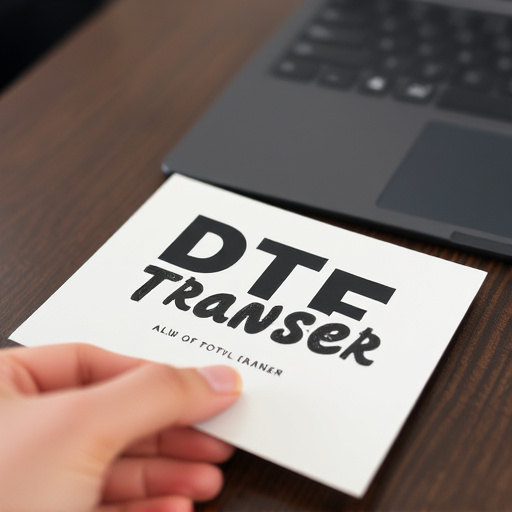
Direct to Film (DTF) transfer printing revolutionizes converting detailed illustrations and designs…….

Direct to Film (DTF) transfer technology is revolutionizing illustration and design by directly prin…….
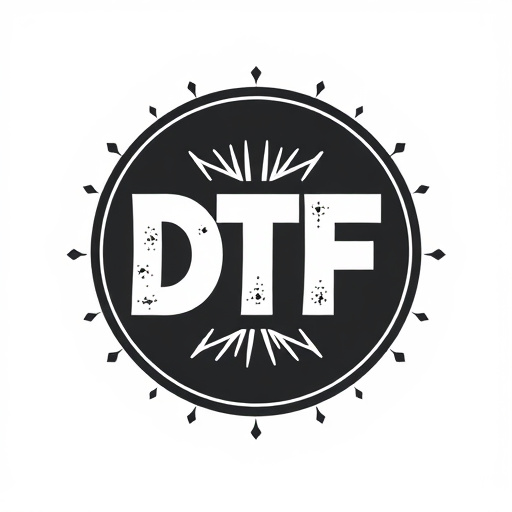
Direct to Film (DTF) printing revolutionizes digital art transformation, offering a cutting-edge met…….

The Direct-to-Film (DTF) transfer process is a cutting-edge method for preserving and showcasing det…….
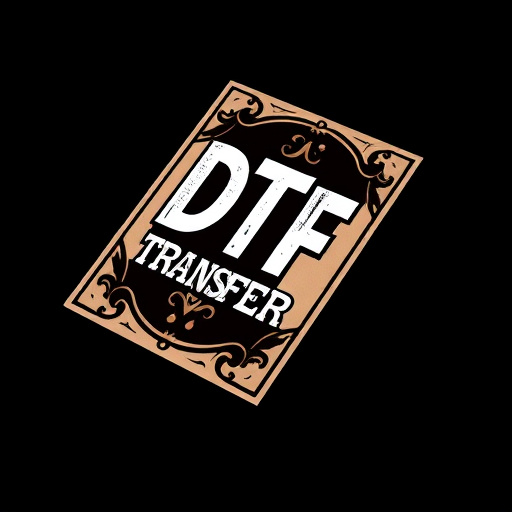
Discover the captivating world of Direct to Film Transfers (DTF), where intricate illustrations and…….
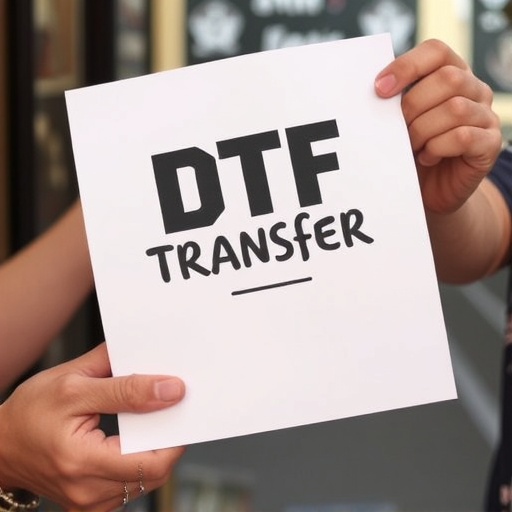
Direct-to-Film (DTF) prints are revolutionizing art preservation by merging traditional artistry wit…….
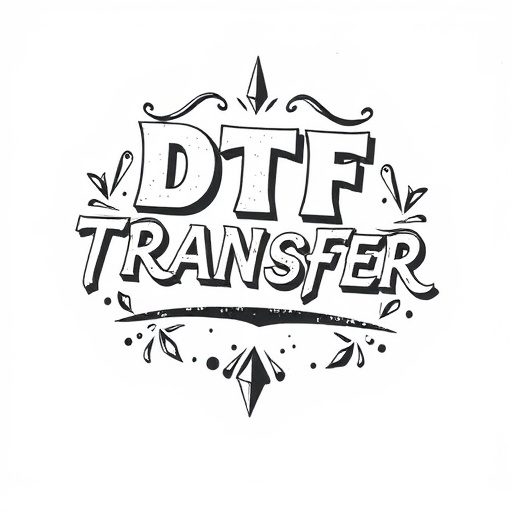
The Direct-to-Film (DTF) transfer process is a state-of-the-art method for preserving and recreating…….
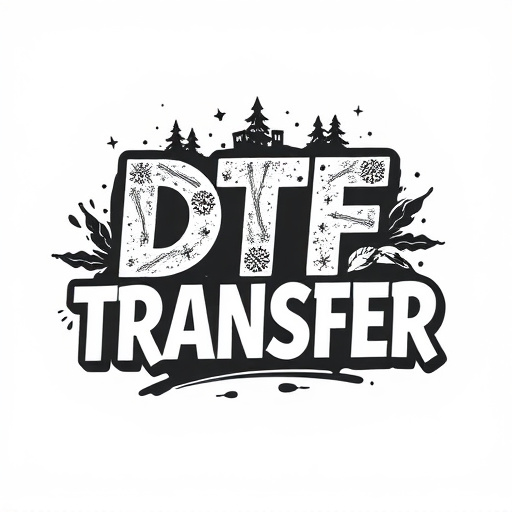
The DTF (Direct to Film) transfer process revolutionizes art preservation and sharing by converting…….
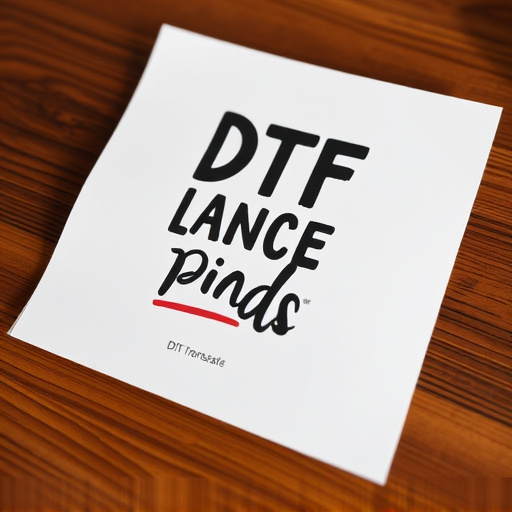
DTF Prints (Direct-to-Film Transfers) merge traditional artistry with modern technology, producing v…….

Direct to Film (DTF) transfers are a cutting-edge technique combining traditional artistry with digi…….